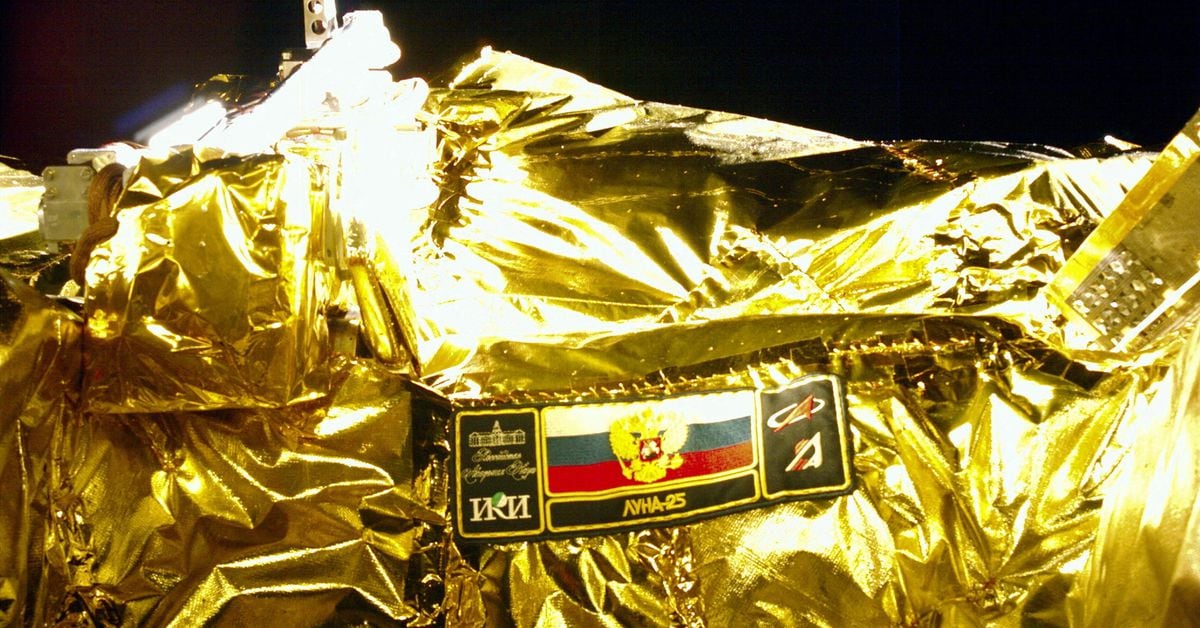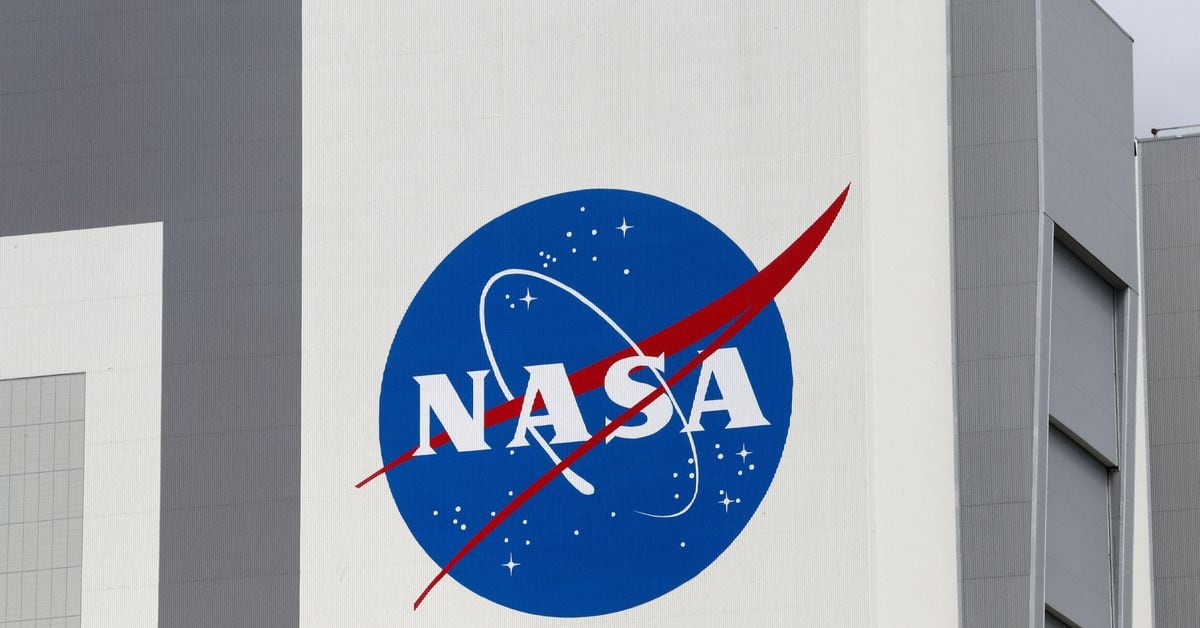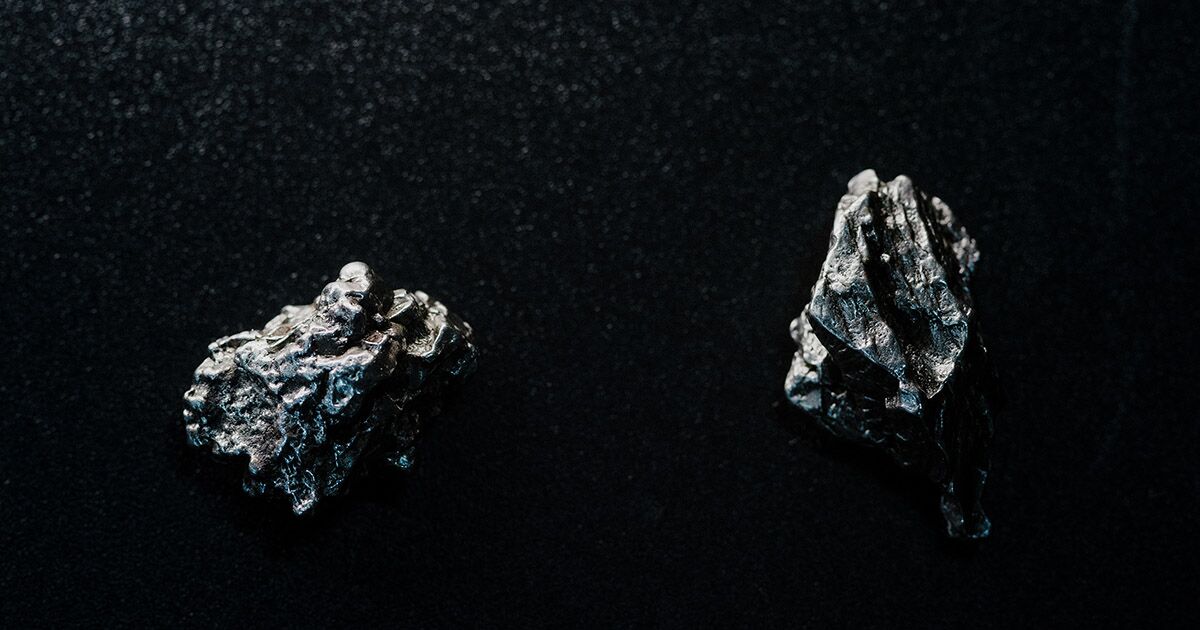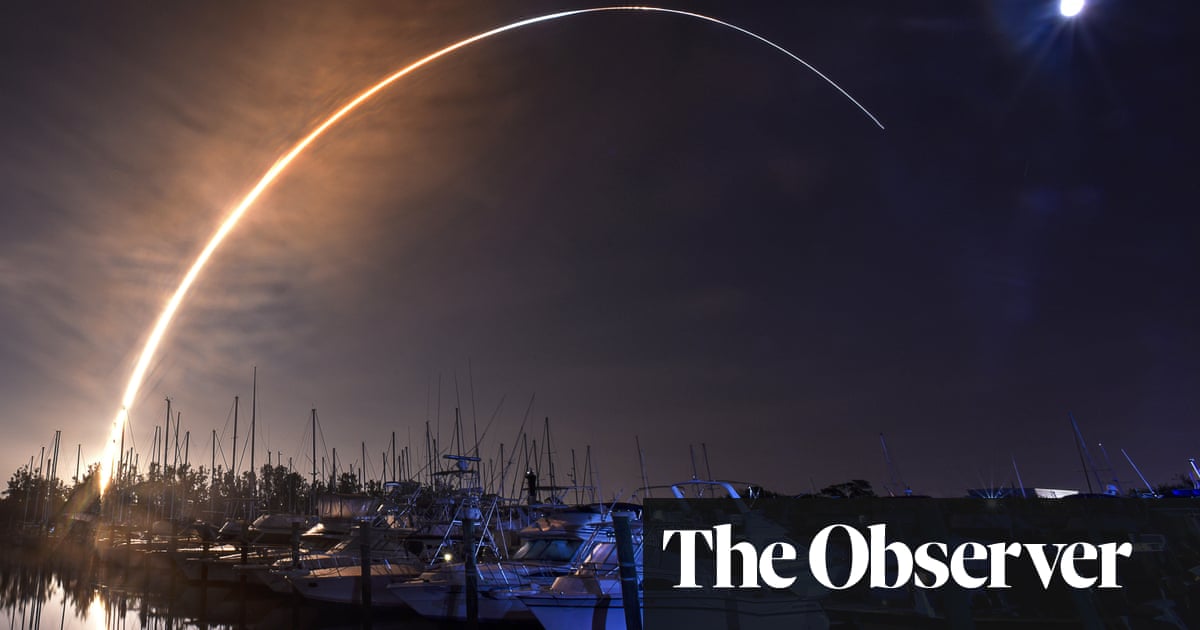Space Mining’s Best Prospect Is VC Money, Not Asteroid Gold
Despite entrepreneurs’ hopes, the technical challenges and huge costs mean no one will be retrieving ore from the heavens anytime soon.
A small slice of Piguem Nonralta sits on Matt Gialich’s desk. The metallic ball, roughly the size of a doughnut hole, was discovered in Argentina in 1576 when Spanish colonizers went searching for iron ore and stumbled on the scattered remnants of a 4,000-year-old meteor shower. Piguem Nonralta, the name the Indigenous population gave to the asteroid craters, roughly translates to “field of heaven.” Gialich, the 37-year-old entrepreneur at the helm of a startup seeking to mine asteroids, keeps the ancient nugget at his office in Pasadena, California, as a reminder of his company’s celestial ambitions.
“These are very, very lucrative sources of ore,” Gialich says, holding the orbital tchotchke to eye level. The meteors contain iron and traces of elements such as iridium, one of the rarest minerals in the Earth’s crust. His company,
AstroForge Inc., is among several startups that have studied the metallic composition of fallen asteroids and now want to mine them in outer space.
The idea isn’t new. Asteroid mining companies have tried for decades to harvest metals while attracting heaps of cash from big-name investors such as
Titanic filmmaker James Cameron and Google’s Larry Page. So far, nobody has succeeded. Most space miners have either gone bust or sold out to bigger companies. Planetary Resources, a buzzy startup that attracted more than $50 million in financing to extract metals and water from nearby asteroids, crashed and burned after about a decade in operation, and was eventually acquired by a blockchain company in 2018.
More:
Despite entrepreneurs’ hopes, the technical challenges and huge costs mean no one will be retrieving ore from the heavens anytime soon.

www.bloomberg.com











